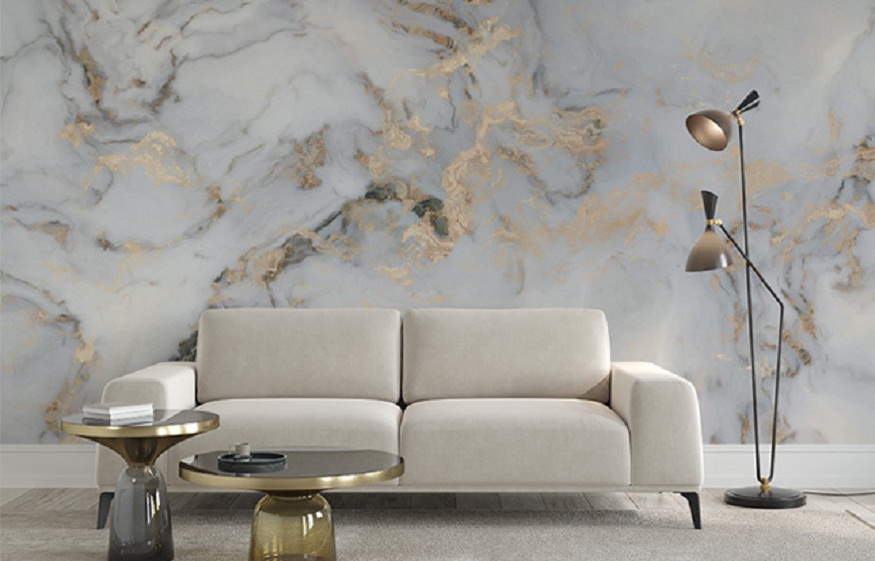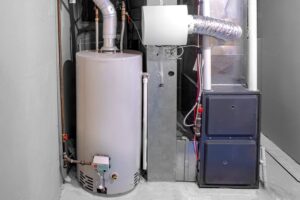
Expert Tips on How to Hang Wallpaper on Textured Walls
Wallpaper can do wonders for a room’s overall look and feel; however, if your walls have textures, it may be slightly trickier. Bumpy, rough, or patterned walls consist of textured surfaces, which might pose a challenge when it comes to finishing your wallpaper seamlessly. But don’t worry; you can learn how to hang wallpaper on textured walls is possible with the right approach. All you need is a little preparation along with the right tools and materials, and you will surely obtain a polished, professional outcome that enhances your space.
What makes textured walls challenging to use in wallpaper Applications?
Walls that have popcorn or plaster finish are considered to have a textured surface. These walls have bumps and ridges created by uneven surfaces, making it challenging to wallpaper them. Such changes make adhesive next to impossible, which results in gaps, visible seams, or air bubbles as a result. Don’t fret too much, though, as there are solutions for smoothing textured walls out there so that the application is flawless.
How to Properly Apply Wallpaper on Textured Walls
This procedure will take some time and effort, but in the end, the results will speak for themselves. Here’s an outline for how to put wallpaper up on textured walls:
1. Evaluate The Texture
Firstly, the texture styles incorporated in the wall should be examined. If the walls feature popcorn ceilings with heavy texture or bumpy surfaces, they need to be prepared for your next step. Wallpaper can be applied directly to lightly textured surfaces.
2. Smooth Out The Surface (If Needed)
If you have rough, bumpy textured walls, it’s wise to smooth them out before wallpapering. Fill any gaps with joint compound and sand down rough patches. If you have really bumpy walls, put a skim coat on, which is a thin layer of plaster or joint compound? This will cover up the bumps, making the surface smooth for wallpaper application. Please wait for it to fully dry before moving on to the latter steps.
3. Selecting Suitable Wallpaper
Selecting the wallpaper on a textured wall is the most crucial part. In general, non-woven wallpapers do better with textured surfaces as they are thicker and cover up flaws better. In addition, peel-and-stick wallpaper works well because it can repositioned easily if things are not going smoothly during the appliqué process.
4. Wash the Wall Completely
Wipe your walls before resting any wallpaper on top. Get rid of any dust, grime, or oil. If needed, wipe the textured wall with a wet cloth and allow it to dry after. This helps ensure the wallpaper sticks well.
5. Apply a Good Layer of Paste
A textured wall requires a stronger adhesive. Ensure you employ a wallpaper paste meant for textured surfaces. A thicker paste improves adhesion and decreases the risk of the wallpaper peeling off.
6. Install Wallpaper
Begin at the top of the wall and put up the wallpaper in strips. Begin by smoothing down the wallpaper without rubbing it on the wall, and ensure that it goes into the nooks and crannies. Try to align the wallpaper as much as possible while making sure that there are no bubbles or wrinkles. For rough walls, you may need to be a bit more patient in your work to make sure that the paste sets well.
7. Edge Trimming
After the wallpaper has been appropriately set, use an aftermarket sharp utility knife to trim the borders at the top and bottom of the wall. This gives the appearance of a pro and smoothen the edges.
More Effective Techniques for Best Results
- Try out a Smaller Area First: Before applying wallpaper to the whole wall, take a piece from the corner of the wall and manually plaster it on one of the walls to see how well it sticks on the wall.
- Think about Buying Pre-Pasted Wallpaper: Some wallpaper is pre-pasted. Simply add water to activate the adhesive, and you are set.
Conclusion:
Applying wallpaper onto a wall that has texture may require additional adjustments, but with proper technique and materials, such a task is not impossible. With adequate surface smoothing, the proper wallpaper selection, and the supplied adhesive application, your home’s style can further be accentuated.
Are you ready to change your space? Take a look at the handy advice and opt for the most suitable wallpaper for a wall with texture, and get started right away!


